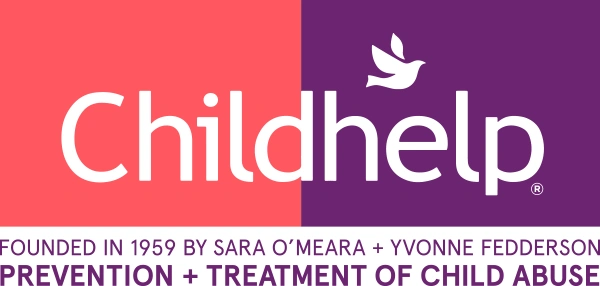Risk factors for abuse and neglect
Read the information below or download the Risk Factors & Protective Factors PDF to print!
Child abuse and neglect occur in all types of families, no matter the income, education, family size, race, religion, or any other trait. While there is no way to know the exact risk a child faces, there are some factors for abuse and neglect risk we should be aware of:1
- Child factors:
- Very young children
- Children with disabilities and health problems
- Children who have already been, or are currently being, abused and/or neglected
- Parental Factors:
- Parents who are young when child is born
- Parents who are poorly informed about parenting
- Mental health issues, especially untreated (e.g. depression, antisocial personality disorder, substance abuse and related disorders)
- Other Contextual Factors:
- Family factors
- Single parent households
- Intimate-partner violence
- Emotional and financial stress
- Environmental factors
- Poverty
- Social isolation
- Violence in the community
- Family factors
Factors to strengthen families and protect children
While groups that work to protect children can function very differently, many follow a model that focuses on ways to protect children and build stronger families.2
- Nurturing and attachment: Parents and caregivers give affection and nurturing in different ways depending on the needs of the child and how they learned to parent. Consistent positive bonds between children and adults in their lives are important. The impact is most significant for the very youngest children, but caregivers continue to nurture their children throughout their lives.
- Child’s social and emotional skills: Children count on parents and caregivers to learn about emotions and learn how to relate to others in their lives. These skills are important to protect children from harm.
- Parental Resilience: Parents that can change their attitudes and behaviors for the benefit of their child provide more consistent strength and support. Emotional resilience is a combination of flexibility and strength that can be learned and practiced. Think about a spring that bounces back, or a reed that bends, but does not break under stress.
- Knowledge of parenting and child development: Every parent or caregiver should become an expert by learning:
- Parenting skills
- How children grow and change
- About their own child’s unique needs and abilities
- Social Connections: Building webs of trust with family and friends makes a family stronger and more resilient. Families who struggle need friends, neighbors and other loved ones to help.
- Support systems for times of need: To provide children with adequate care, families must have their basic needs met in terms of food, clothing, housing, and access to other essentials (transportation, child care, medical attention). When families struggle to meet those needs, community and social resources can help.
It is useful to think of the factors that protect a child from abuse and neglect as a series of barriers, with the child on the inside, society at-large on the outside, and in between, families and other social systems that impact a child’s life.
Skills for the individual
Examples of individual characteristics and skills that have been shown to protect the overall well-being of children include the following:
- Self-regulation: healthy coping skills and strategies to manage emotions and control behaviors
- Relational skills: tools to build healthy relationships (like honesty, effective communication, asserting interpersonal boundaries, refusal skills, compromise, and teamwork)
- Problem solving skills: build resilience and competently resolve conflicts with a balance of help-seeking and autonomy
- Involvement in positive activities: extracurricular activities, clubs, church groups, and rewarding work help build a sense of community and achievement
Relational factors
Secure, loving relationships with parents and caregivers are central to ensuring safe, healthy childhoods. Similarly, compassionate relationships between peers promote feelings of safety and empathy, prevent bullying, and provide emotional support.
Individual level
- Self-regulation
- Relational skills
- Problem solving skills
- Involvement in positive activities
Relational level
- Parenting competencies
- Other caring adults
- Positive peer relationships
Societal/community level
- Positive community
- Positive school environments
- Economic opportunities
Factors in the community and in society
As the old adage goes, “It takes a village to raise a child.” The community around a child protects against abuse and neglect, and through effective support systems children find guidance and safety as they reach toward their full potential.
- Positive school environments: In addition to academic opportunities, schools provide access to a bounty of social programs and opportunities to build on other protective factors.
- Economic opportunities: Families must have access to necessary resources to ensure the safety, health and well-being of children. Consistent employment, access to adequate health care and access to social services strengthen families and protect children.
[1] Compiled from: New Directions in Child Abuse and Neglect Research, National Academy of Sciences and Child Welfare Information Gateway, Factors that Contribute to Child Abuse and Neglect
[2] Compiled from information provided by the Child Welfare Information Gateway and the Administration on Children, Youth and Families Protective Factors Framework
